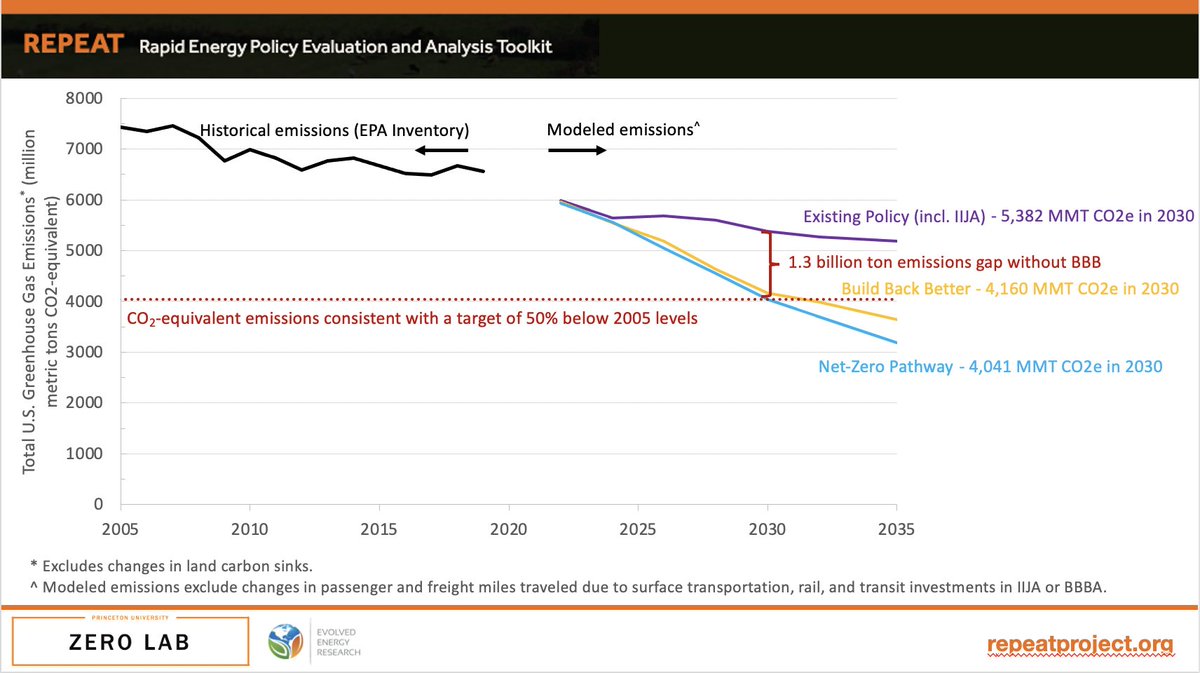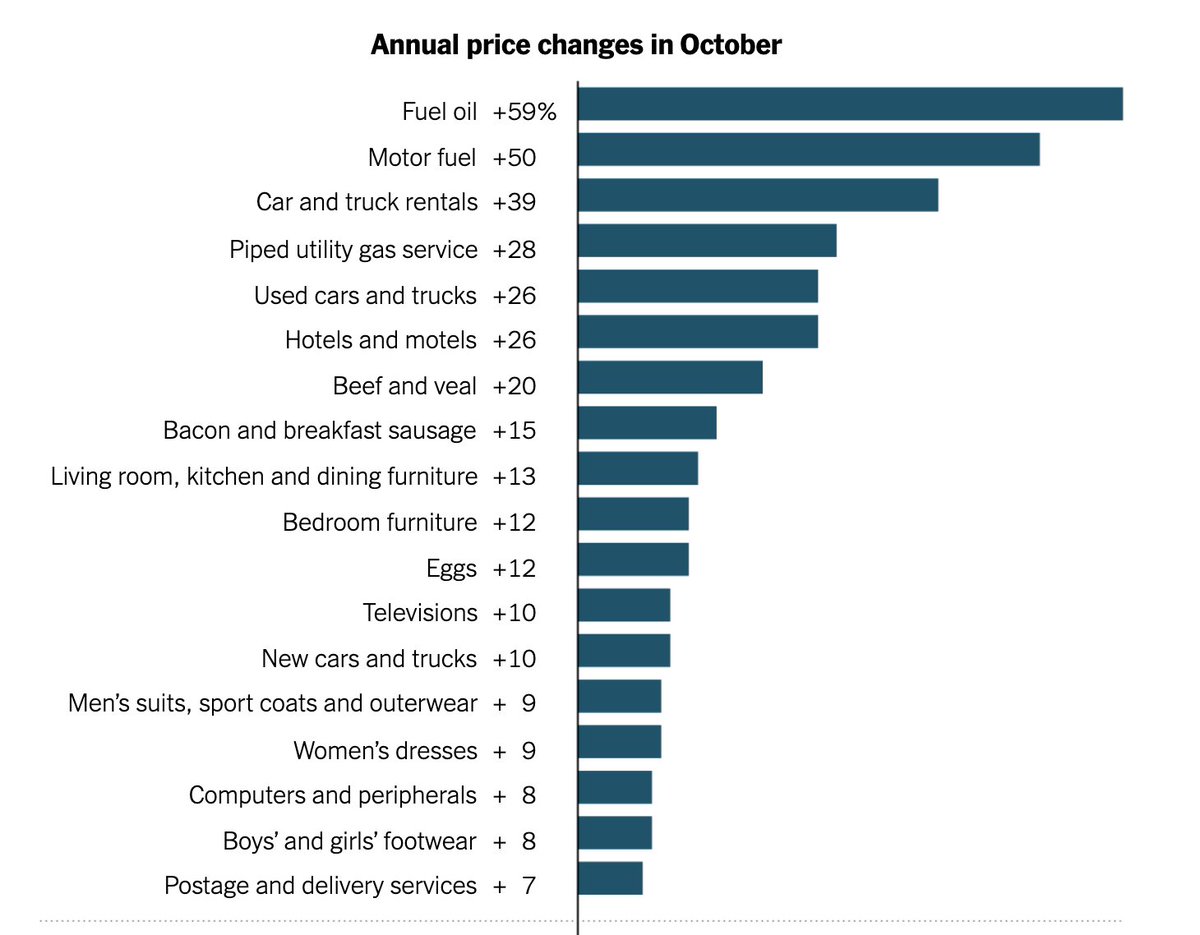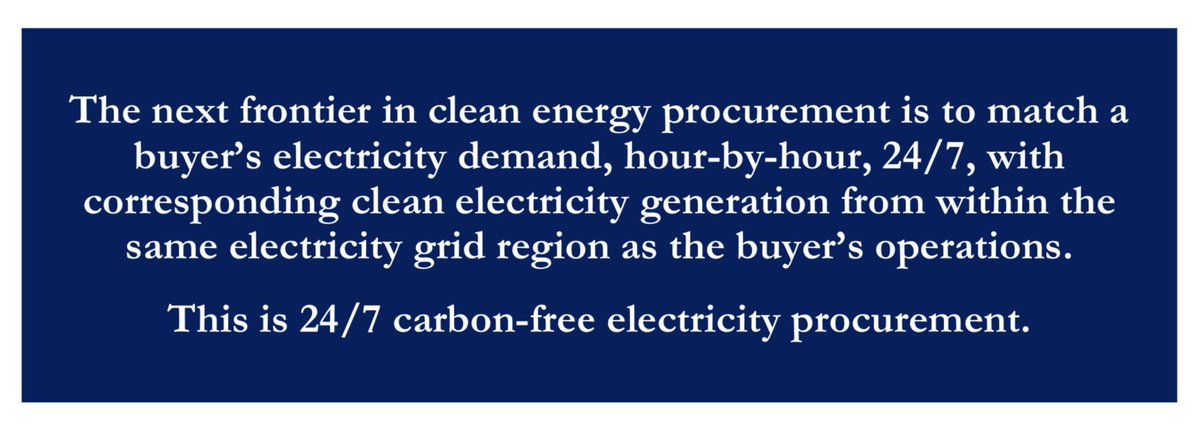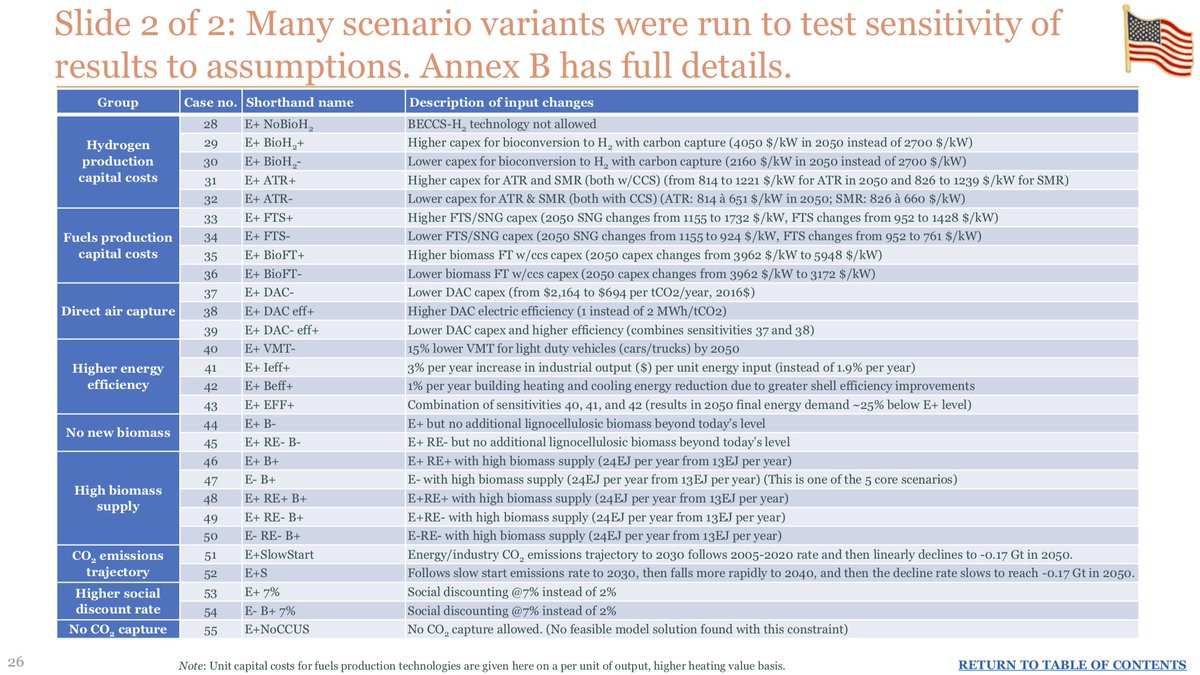
"The stakes here are incredibly high. Passing #BuildBackBetter would lower energy costs and secure both the US's climate goals and its global competitiveness in some of the most important industries of the 21st century. Failure would cost Americans dearly."
My statement ⤵️

My statement ⤵️


PDF here: dropbox.com/s/6n7zjwp3ivwj…
Enacting the clean energy investments in the Build Back Better Act would cut U.S greenhouse gas emissions by a cumulative 5 billion tons (CO2-equivalent) by 2030 and put the US within easy reach of President Biden's commitment to cut emissions to half of peak levels by 2030. 

Without such policies, we estimate the United States will fall 1.3 billion tons (CO2-equivalent) short of the nation's 2030 climate commitment, a yawning gap that is unlikely to be bridged by executive action or state policy alone. 

The Build Back Better Act would also lower energy costs for American households and businesses by shifting costs from utility bills to the progressive federal tax base, and it would lower the cost of electric and zero emissions vehicles for individuals and businesses.
That means Build Back Better would help tackle two of the biggest drivers of current inflationary trends, energy costs and vehicle purchases (nytimes.com/2021/11/10/bus…). (It would also lower the costs of health care, prescription drugs, child care, and preschool). 

Build Back Better would also invest in clean hydrogen and carbon capture and storage, two critical emerging sectors of the clean economy.
It would drive unprecedented investment in wind and solar power across the United States and pay American farmers and foresters to conserve soils and forests and the carbon they store.
And it would invest in manufacturing of electric vehicles, batteries, solar panels, and wind turbines, all of which are among the fastest growing and most important economic sectors of the 21st century.
Without these investments, the United States will further cede leadership in fast growing clean energy industries to China, Europe and others.
All of this means passage of Build Back Better would drive economic growth and job creation. No surprise then that Goldman Sachs just downgraded forecasts for US economic growth, citing Joe Manchin's comments on passage of the Build Back Better Act.
https://twitter.com/carlquintanilla/status/1472727403558576131
• • •
Missing some Tweet in this thread? You can try to
force a refresh















